Here’s What It’s Really Like to Be an Indian Indie Artist Playing Live Gigs
Musicians Gurdip Singh Narang, Tejas, Pratika Prabhune and Adil Manuel weigh in on rehearsal costs, fees from shows, side hustles and more
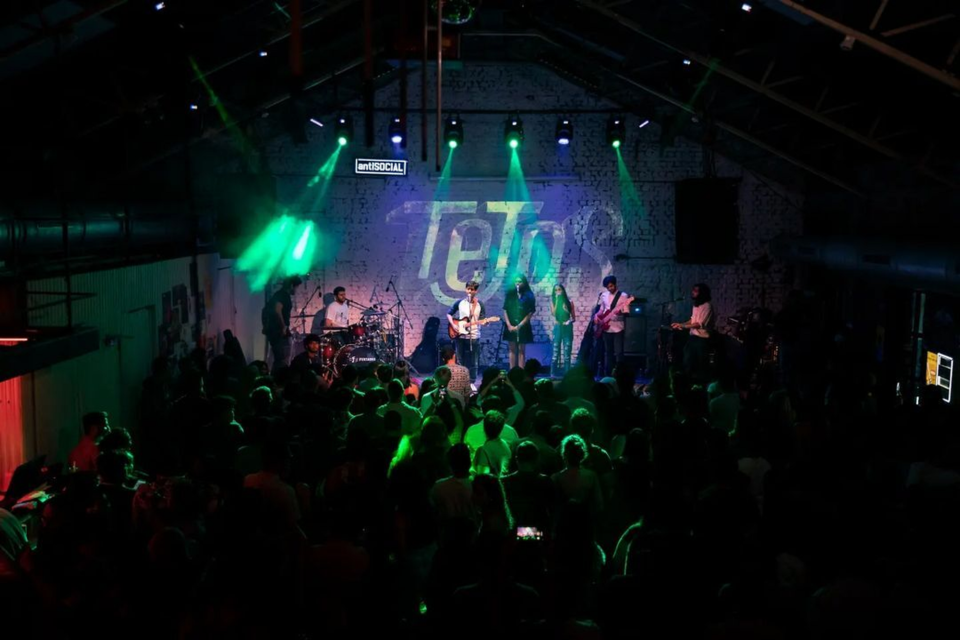
Mumbai singer-songwriter Tejas and his band performing to a full antiSOCIAL in Mumbai this past March. Photo: Aaron Steve Pereira
Having attended a plethora of gigs over the past few months, we’ve noticed that live music is thriving more than ever in Mumbai. Even though actual live music shows (the ones where musicians play instruments and sing into a microphone) are usually given midweek slots, they are still able to pull in packed houses. Cases in point are the recent shows at the city’s premier live venue antiSOCIAL. Since the turn of the year, local artists such as brutal death metallers Gutslit, pop-rock band The Colour Compound, pop-punk outfit The Lightyears Explode, reggae-rockers Tough on Tobacco, hip-hop collectives Wild Wild Women and Swadesi, and singer-songwriters Tejas and Aarifah Rebello as well as jazz/funk/blues group the Adil Manuel Collective, amongst others, have all enjoyed tremendous success playing to impressive turnouts at their gigs.
However, while everything may seem glossy from the outside, what is it like behind the scenes for the artists? In this post-COVID transition back to normalcy as well as the rise in rehearsal costs, gear and other essentials, are musicians able to profit from live shows? Gutslit’s bassist Gurdip Singh Narang says, “That’s a very logical and appropriate question in today’s time.” While his band is set to tour Europe next month, he adds, “Post-COVID, things have changed so much. Especially fuel costs and thus flight tickets have almost doubled. Because of this, touring has become so expensive. Earlier, where a landed deal would ensure us getting our flights, stay and food covered with a modest sum to save too, it’s now become difficult to even get the basics sorted for a show. Things have definitely become difficult to make ends meet when it comes to a tour.”
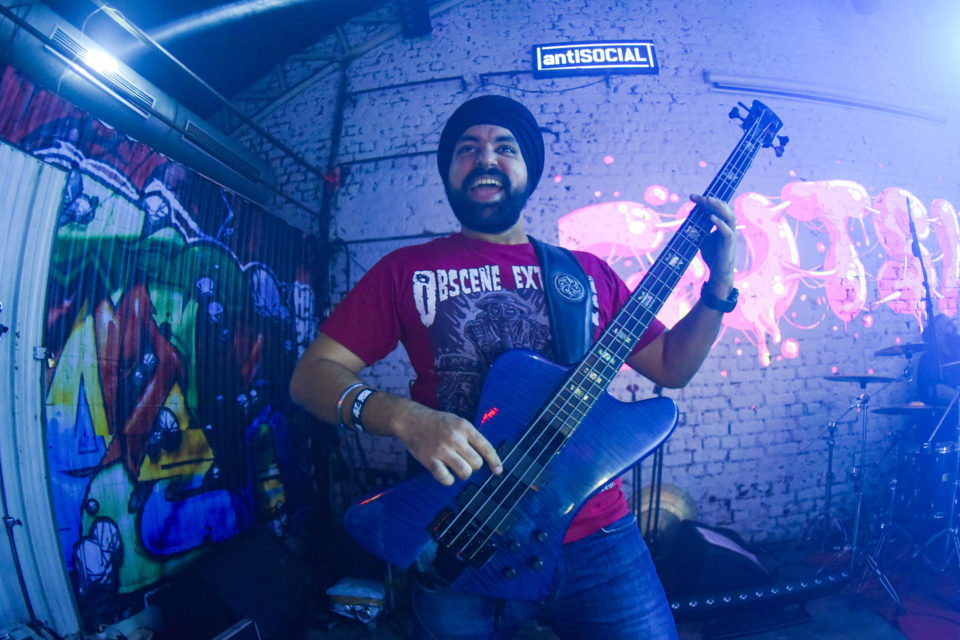
Play Smart
Tejas explains that if you’re a bigger band with nine or more members, things can get difficult when trying to draw profits from live shows. He adds, though, “I think if they [bands] are economical about their setup and if they compromise in some places and then still have non‑negotiables on some other areas, it’s still possible [to make a profit].” The singer-songwriter’s setup is usually a four or five-piece band with assistance from a laptop to trigger samples. “So, I think there is a way, I think you have to be smart about it. Go into the game and play by the rules that the game is playing,” he says.
Wild Wild Women’s Pratika Prabhune aka MC PEP informs us that profitability from live shows depends on the deal an artist receives. “It’s not enough to cover costs spent on gear, but in the long run, it is eventually possible for it to be profitable. I still wouldn’t say that it’s completely sustainable unless you’ve hit the jackpot and rise to fame, becoming a more commercial success,” she says.
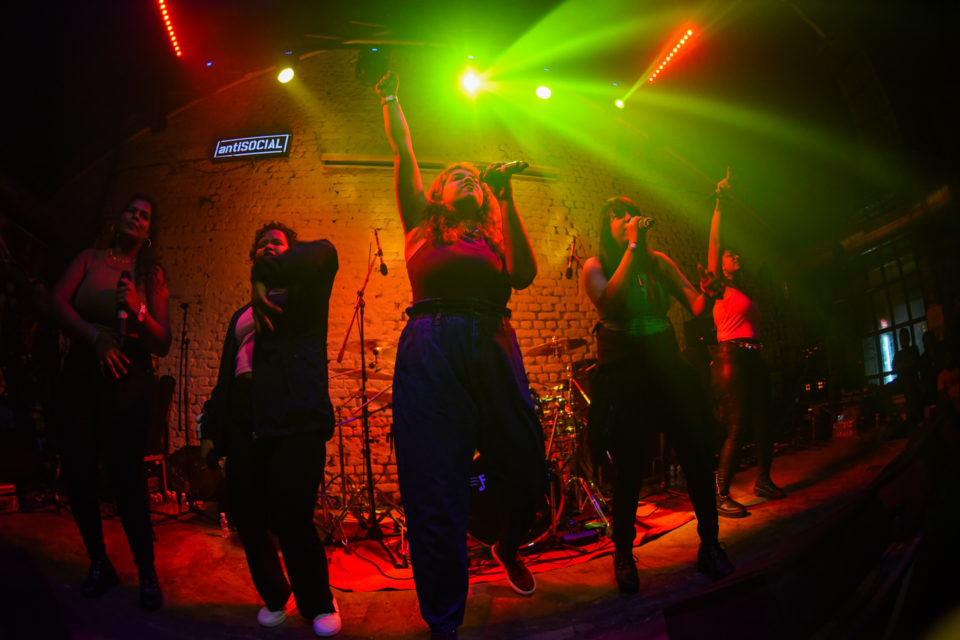
Guitarist Adil Manuel of the Adil Manuel Collective – who oscillates between corporate and club gigs and usually has a big band with him – says, “Clubs have become tricky; most times you’ll be able to give your band a token fee as it’s not ample for the amount of time and energy being put into the performance. Most times we do these for the love of music and go in to play and have a good time. This can change, however, if there’s a brand partnership or sponsorship in play.”
How Audiences Affect Revenue
Manuel has been curating International Jazz Day gigs for nearly a decade, and to his good fortune, this past April the event happened to fall on a Saturday night. His specially curated gig that included a lineup of artists such as K o k u m, Second Sight, DCF_Shapes, the ARM Trio as well as Manuel’s own collective managed to fill up every nook and cranny of Mumbai’s antiSOCIAL. On how the turnout reflected revenue for the artists, he says, “The thumb rule is to give the core bands and artists a token fee as the numbers can be as high as 30 to 40 musicians. With each passing year, we’ve seen an increase in turnout and that is great for the venue as the audience is not only paying for their entry but also spending on F&B [food and beverage], so it’s a win-win and helps us pitch a bigger, better and, yes, more-paying gig for the next one.” He adds, “It is really important to hold your ground on these negotiations; this is where experience, management, etc, come into play.”

Prabhune says, “Everything the crowd does directly affects the artist, from attendance to spending at the bar.” While the singer-rapper informs us that bar revenues may not always be reflected in the payout to an artist, it does help in programming more independent gigs at a particular venue.
Tejas and his band also saw quite a number of people show up for their gig at antiSOCIAL earlier this year. “We definitely did make money – not a lot of money, but we did make money,” he says. Although the singer-songwriter doesn’t count gig income as his main source of revenue, he adds, “Money is money ultimately and the time that you’ve spent in rehearsal and all that stuff should be reflected. So, if anything, it’s money for that, it’s not money to cover the cost of rent or anything to that degree.”
Apart from just playing a live show, the “Make It Happen” singer also sees it as an opportunity to “make content” from the performance. He says, “If you give people an amazing experience, [the audience] will increase, they will listen to more music and that leads to streaming royalties. But more than that, if it ultimately leads to the empowering of the brand or the act or the artist, then it leads to other commercial revenues that you hope for, whether it’s sync or branded content.”
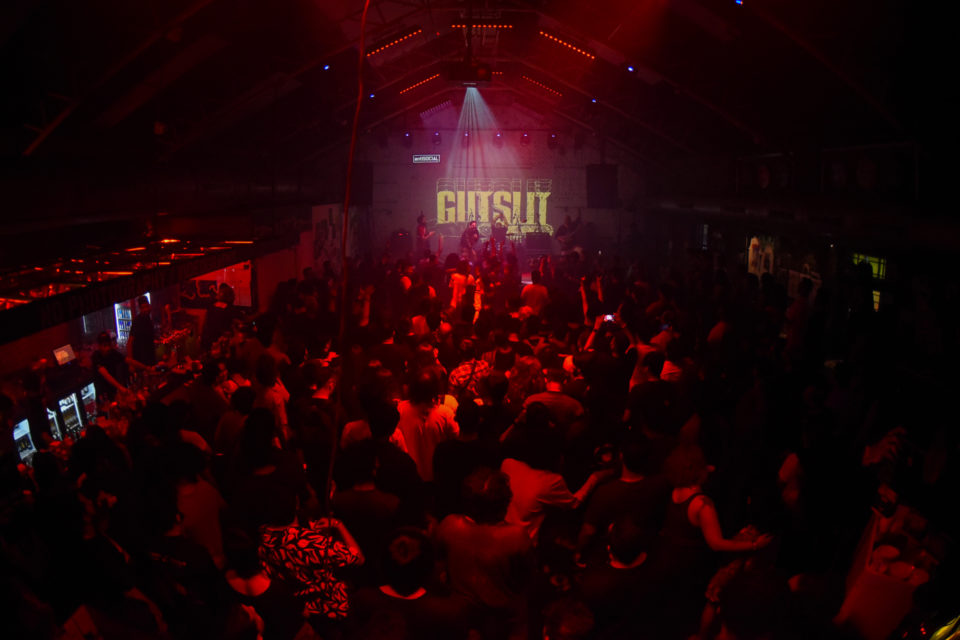
At Gutslit’s live shows, a merchandise area is always around, and Narang tells us that merch has always been their second priority after their music. “People get a packaged deal of an experience of our live show and something to take back home with them. There, too, things have changed and the game plan of merchandise sales handling all overheads isn’t working out that well. Merchandise has always helped profits. But this time it’s just letting us get the maths right and cover up the deficits.”
Triple Bills
The gigs that seem to be pulling in the crowds are the ones with triple bills where each performer’s audience turns up, although not necessarily for the other acts on stage. However, folks are still able to hear their favorite artists plus learn about several other talents out there. When it comes to multiple artists on the lineup, we ask if performance fees are split via a gate share or a landed deal. Narang says, “It’s a mixed deal. Gate share or landed deals have their own pros and cons.” Prabhune explains, “The main advantage of a landed deal is that you can decide how much money you want to spend on everything, and you control how much you can save, as opposed to otherwise.” She adds, “We [Wild Wild Women] did play a show in New Delhi a couple of weeks ago which was a landed deal, and there were five more artists on the lineup.”
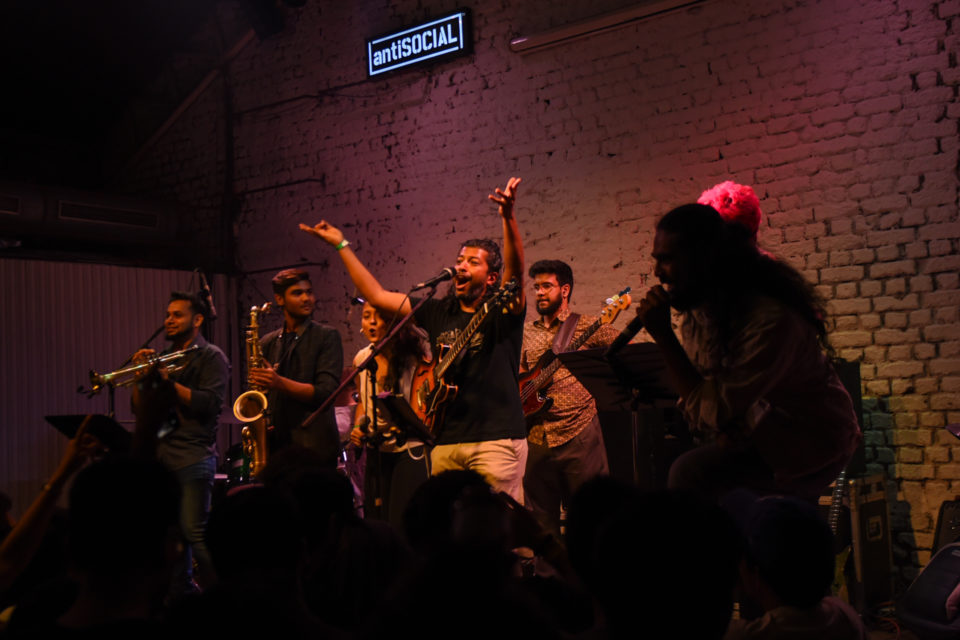
According to Tejas, the model that most countries in the world follow is the gate share system. Although he’s been offered landed deals recently, the singer-songwriter hasn’t taken it up due to the money being too little. “[The amount] is not enough for us to cover the entire thing. Landed fees are still mostly for festivals, who offer slots and want you to be part of their lineup.” Coming back to multiple artists on a bill, Tejas asks if musicians or venues are doing enough to sell the gig. He says, “If there are multiple artists for a venue gig that involves a gate deal, then you’re doing percentages and then you’re doing a division of the percentages. So, it’s tough. But then you’re incentivized to kind of get as many people in there.”
For newer artists without a fan following, filling up a big space is not easy, and venues shouldn’t let that pressure fall solely on them. “Labels, managers and venues should take that responsibility up. If they really want to push music, then they have got to push the artists,” Tejas says.
Vivek Dudani, national head of programming at SOCIAL/antiSOCIAL, believes that these days live shows aren’t enough for artists to support themselves. He says, “They [artists] need to get private event bookings, make new music and distribute the same. Look at collaborations with other artists, do sessions or recordings with bigger names, etc.” Dudani also feels that it is both a venue’s and the artist’s responsibility to ensure a successful gig. “It’s always best when more people collaborate to support and promote an evening,” he says. The programmer adds, “Ticket sales and F&B go hand in hand and ideally should be 50/50 [in terms of] revenue.” As for the artist that scored the largest profit at antiSOCIAL, Dudani says, “[New Delhi rockers] The Local Train drew the highest sales and back-to-back sold-out shows.”
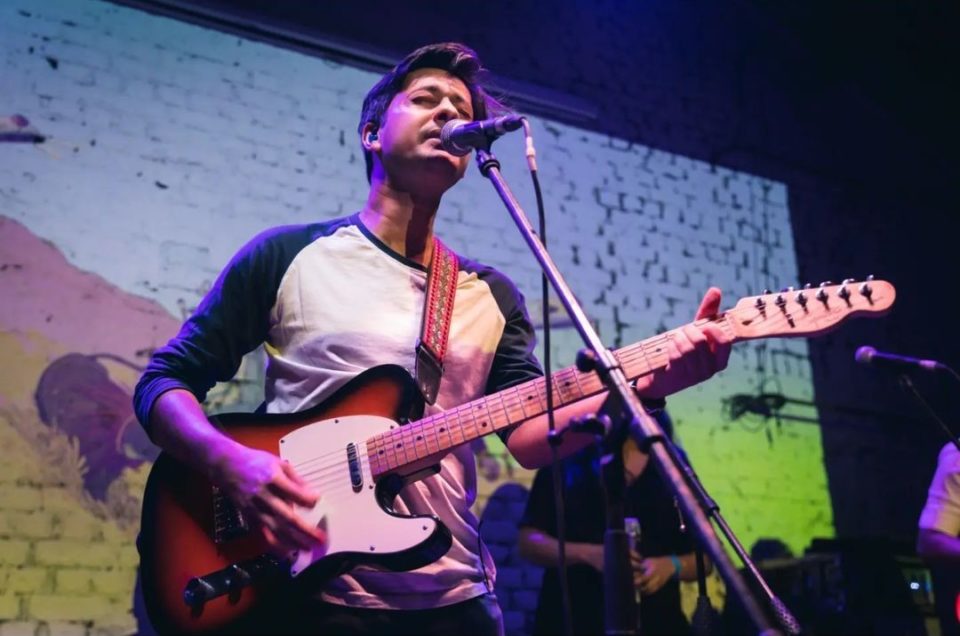
While the artists we’ve spoken to for this piece all agree that indie live shows aren’t enough to contribute to a livelihood unless you’re doing corporate gigs, all of them do have other resources to make ends meet. Tejas says, “The side hustles and the backup plan, I encourage them.” Away from gigging, Tejas also produces for other artists, does voiceovers, writes jingles and background music as well as sings for advertisements. Prabhune adds, “I believe in the side hustle.” Manuel is also involved in the advertising world, production and even teaching music. “I do not consider these as backups,” he says. The guitarist elaborates, “This is all part of the current live music scenario the world over. It can get tricky to navigate, so it’s best to keep a cool and open mind to the possibilities of generating work for yourself or your band.”
With the number of live shows varying each month for every artist, there isn’t a consistent figure to pinpoint how many gigs each musician is playing on a monthly basis. With the uncertainty surrounding the fact of when the next gig will be, a side hustle or day job is a must for an independent artist to sustain themselves in this ever increasingly expensive world. To sum it up, Tejas references the 2021 film Tick, Tick… Boom! based on American playwright Jonathan Larson. “The guy was waiting tables. A big side hustle in Broadway life is waiting tables, until somebody else is waiting tables on you. That’s really just how it is. I think that’s part of the gig. It’s part of the life. You keep working hard until you get a break and when that break ends, its lifespan ends. Then you go back to hustling again.”







